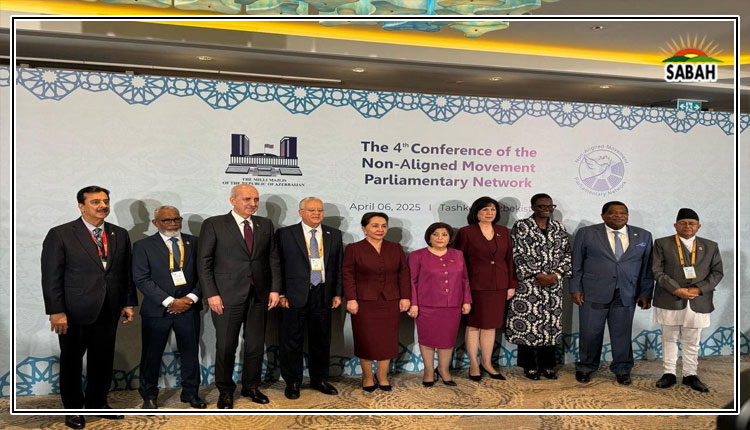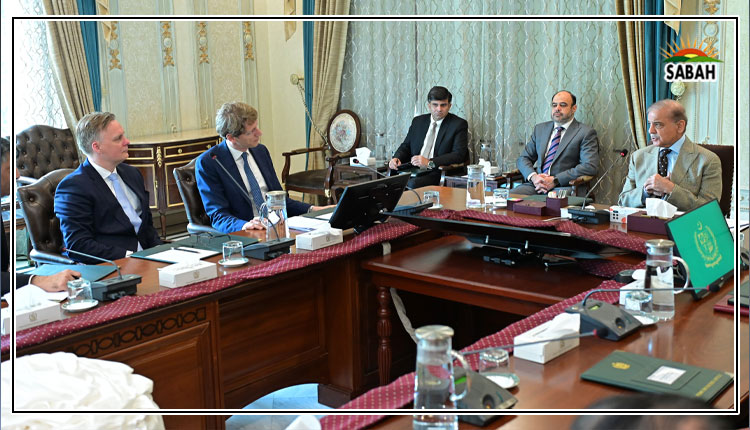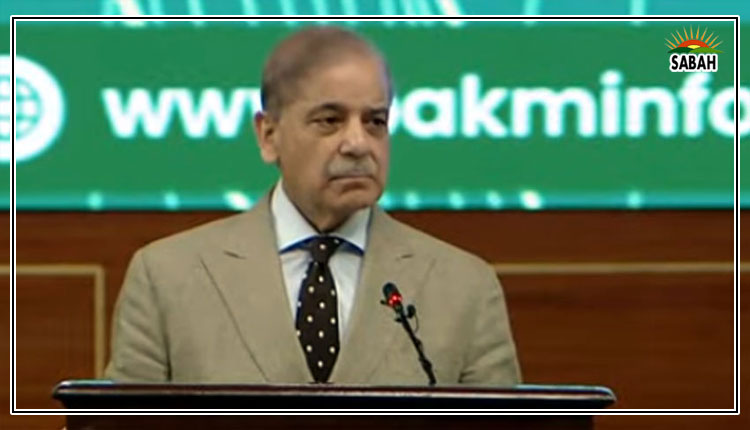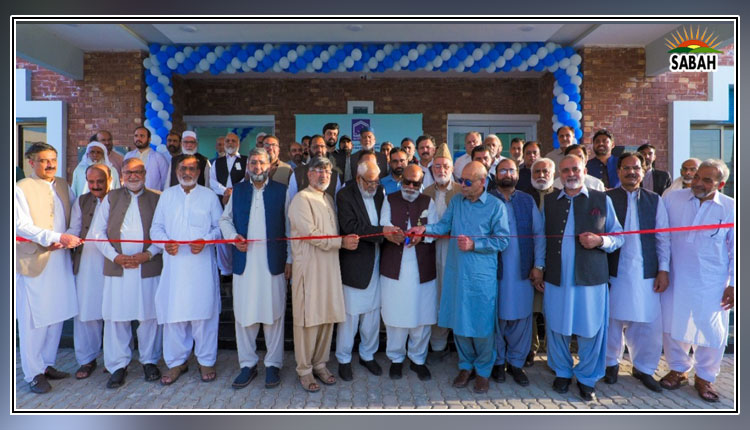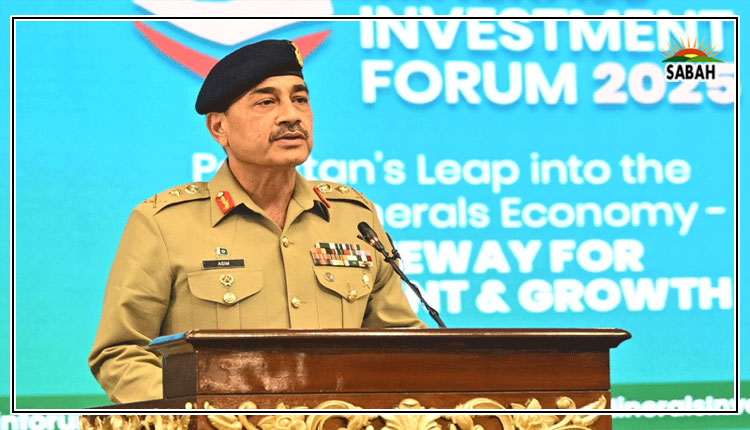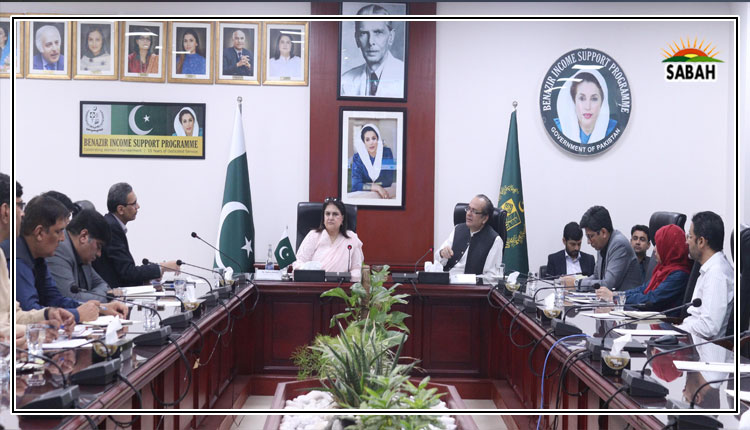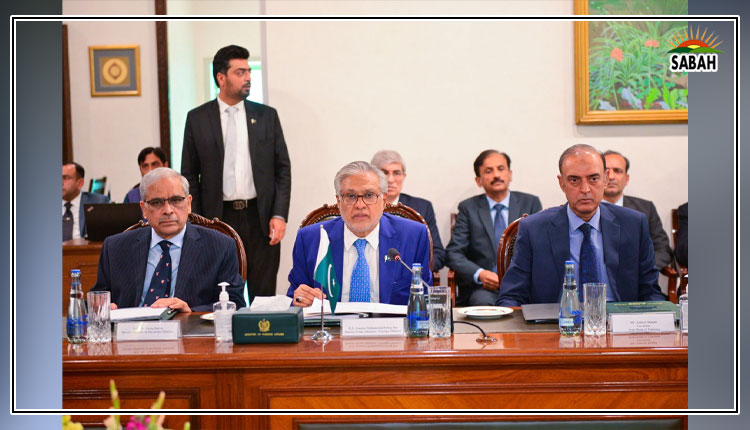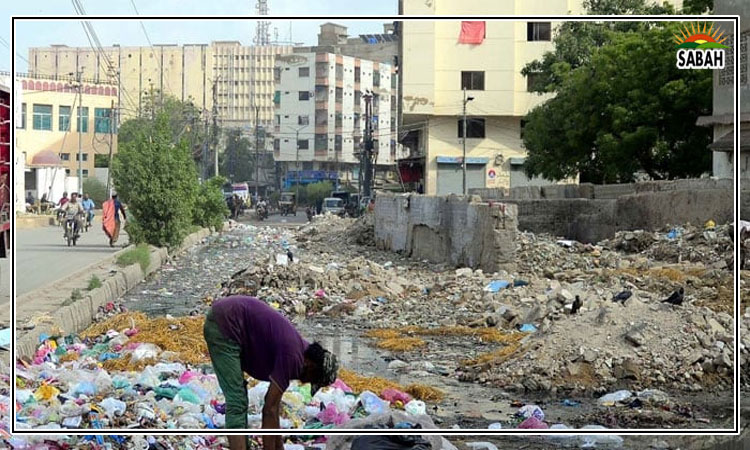Who do our cities cater to?…By Furqan Ali And Zara Nazir
Pakistan boasts a population that reached 241.5 million in 2023, a 16.3 per cent increase since 2017, with 93.8 million in urban areas – a near fourfold rise since 1981. Projections estimate over 400 million people by 2050, making Pakistan one of eight countries driving global population growth. This indicates a worrying situation for an already worrisome urban infrastructure and services.
As per the ADB’s latest National Urban Assessment, Pakistan urban realm is pestered by rampant demographics and urbanisation, uncertain economic environment, partial devolution post 18th Amendment, patchwork urban planning and poor delivery of urban needs (water and sanitation, solid waste management & drainage). This is despite our country being one of the signatories of SDG 11 which mandates a city to be “inclusive, safe, resilient and sustainable”.
While literature is fraught with the architectonic reading of the city’s problems that is strict structural terrain (mostly housing deficit and astronomical cost of urban sprawl), the human-centric outlook is mostly circumvented in the discourse.
Public spaces – streets, public markets, parks, public squares, beaches, etc – work as the nucleus of interactions between people. These spaces function like the microcosm of the macrocosmic city.
According to Atomcamp, public spaces are the cornerstone in enhancing the core functions of the city which are economical, sociological and political, thereby building smarter, sustainable, and resilient cities. It is this instrumentality that makes these a “vital ingredient of successful cities”. These spaces are the locus of civic life, hence named ‘public’, and provide a milieu where people engage with urban politics, economy, environment, and residents. It follows, then, that providing public spaces equally accessible to all genders is a key component in creating the type of equity that is foundational for sustainable urbanisation.
Historically, neoliberal policies across the world have facilitated the privatisation of all kinds of spaces, reshaping both urban and rural landscapes. Planning mechanisms characterised by speculative capitalism and privatisation of public institutions and services have negatively affected marginalised communities including gender-disparity through structural dispossession and physical displacements, though in specifically different ways across political and historical contexts. This has fueled a broader ‘exclusion’ in society.
Apart from the myopia in urban planning and its muddling ramifications, gender inclusivity in public spaces faces the added burden of the prevailing perennial patriarchal project – or rather the ‘default’ position of spaces we live in. The male-dominant design and culture of public spaces have fueled this predicament with more depth and rigour.
Instead of public spaces being forgiving and inclusive to any mortal, they have remained alien to the disenfranchised. Predominantly, men alone have been able to exploit their benefits for long.
Women often suffer from being judged, approached, or harassed in public spaces. They are often subject to catcalling, unwanted comments, and physical intimidation, which then makes public spaces hostile and unwelcoming. This experience is so common that many girls preemptively alter their routes or avoid certain areas altogether. Fear of violence, including assault or theft, can make public spaces feel unsafe, especially at night or in isolated areas.
A lack of adequate facilities, such as clean restrooms, safe waiting areas, and childcare support, further exacerbates these challenges. This is especially burdensome for young mothers or women from low-income backgrounds, restricting their mobility and access to these spaces.
As this struggle for safety persists, it overshadows other aspects of women’s engagement with public spaces, including comfort, pleasure, and a sense of belonging. The fear of harassment or violence diminishes their ability to enjoy outdoor leisure activities, leading to reduced participation in city life and a loss of autonomy in navigating urban spaces.
This reality underscores a critical truth: public spaces are far from neutral when it comes to gender. The absence of equality in the planning, design, and functionality of public spaces has further encoded traditional gender roles into the built environment. Women’s limited access and engagement with public spaces is not merely a personal inconvenience but a systemic issue that undermines the very fabric of the city’s life.
These inequalities adversely affect the core functions of a city across various domains. We stand at a pathetic position of 145th out of 146 countries in the Global Gender Index rankings of WEF, with a minuscule female labour force participation rate never exceeding 31 per cent. The Pakistan Demographic and Health Survey 2017-18 findings showed that 28 per cent of Pakistani women aged 15-49 have faced some form of gender-based violence. And our political spheres are mostly bereft of female participation, except by the benevolence of political dynasty-ism.
Public spaces mean different things to different genders. Women’s interactions with these spaces differ significantly from men’s, and intersecting factors such as class, caste, religion, and education further complicate these dynamics. Ergo, a one-size-fits-all urban planning approach cannot address such complexities.
At present, we need a practical starting point to prioritise women in urban planning – a foundation for building truly inclusive public spaces. It is only when the gender lens is applied to cities that the lack of equity, accessibility, inclusivity, and amenities shows up.
Gendered placemaking is the need of the hour. This refers to the intentional planning and development of spaces that cater to the needs of women, diverse groups, and underserved communities by actively involving them in the planning process. This approach, systemically known as gender mainstreaming, seeks to integrate the perspectives of all genders at every stage of a project, including design, implementation, monitoring, and evaluation, with the goal of promoting equality in design and participation.
A well-designed space is inviting, with comfortable seating, shade, and landscaping that encourages people to gather. It is easily accessible, well-connected to transit, and accommodating for different mobility needs. Safety is paramount, with good lighting and visibility fostering a secure environment. A sense of belonging is also essential, with flexible spaces that allow personal connection and creativity. Ultimately, gendered placemaking creates public spaces that are safe, accessible, and welcoming for everyone, regardless of age, ability, or background.
The Global South must rid itself of the flawed, archaic city planning that prioritises suburban development and car-dominated transportation planning. Instead, it should embrace urban regeneration and people-centric planning principles. Rather than relying on template solutions, there is a need for participatory urban planning, where everyone – regardless of gender, age, ability, or background – can advocate for what they need in the built environment of their neighbourhood.
Psychological feelings of being unsafe (fear, anxiety, and uneasiness) are eased when people can ‘read’ public spaces and accurately observe the behaviour of others. When residents and visitors to public spaces can confidently assess their environment, they experience themselves as resourceful agents capable of influencing public spaces for mutual benefit. For this, there is an utmost need to enforce and expand laws against harassment, assault, and gender-based violence.
The government can introduce harsher penalties for offenders, establish anti-harassment laws specific to public spaces, and promote initiatives that encourage reporting and swift action on such cases. To create gendered spaces, there is an undeterred need to orchestrate policies and government interventions within the broader gender disparity equation that could transform spaces into terrains that are not only accepting of all but juggernauts of feminist undertones, ensuring autonomy in all three core functions of the city.
For instance, we need safety audits like the Mumbai Safety Audit led by the Indian NGO Akshara Centre. This is a participatory project where women map unsafe areas in their communities. The audit gathers data from women on specific safety concerns, such as inadequate lighting, poorly maintained sidewalks, and lack of public toilets. Insights from this data are used to push for municipal reforms. By involving local women in data collection, this project brings visibility to women’s safety needs in public spaces, influencing city planning and raising awareness about gender-sensitive urban development.
Cities must prioritise gender-sensitive amenities, including clean public restrooms, women-only waiting areas, and safe spaces for women with young children. Allocating budget resources for these facilities can make public spaces safer and more accessible for women and girls. Additionally, investing in feminist organisations and movements globally can amplify advocacy and education efforts. Empowerment programmes such as self-defence workshops, skills training, and safe-space discussions can equip girls with the confidence and tools to navigate public spaces securely.
Community awareness campaigns are also vital for shifting societal attitudes. Workshops and public campaigns can educate communities about respecting women’s rights, discouraging harassment, and promoting respectful behaviour in public spaces. A collective effort to ensure inclusive public spaces will not only empower women but also foster a fairer, more harmonious society for all.
Furqan Ali is a Peshawar-based researcher who works in the financial sector. He can be reached at: alifurqan647@gmail.com
Zara Nazir is a Lahore-based law student and the founder of the feminist literary magazine ‘Risala Tarz’. She can be reached at: zara.nazirch@gmail.com
COURTESY


